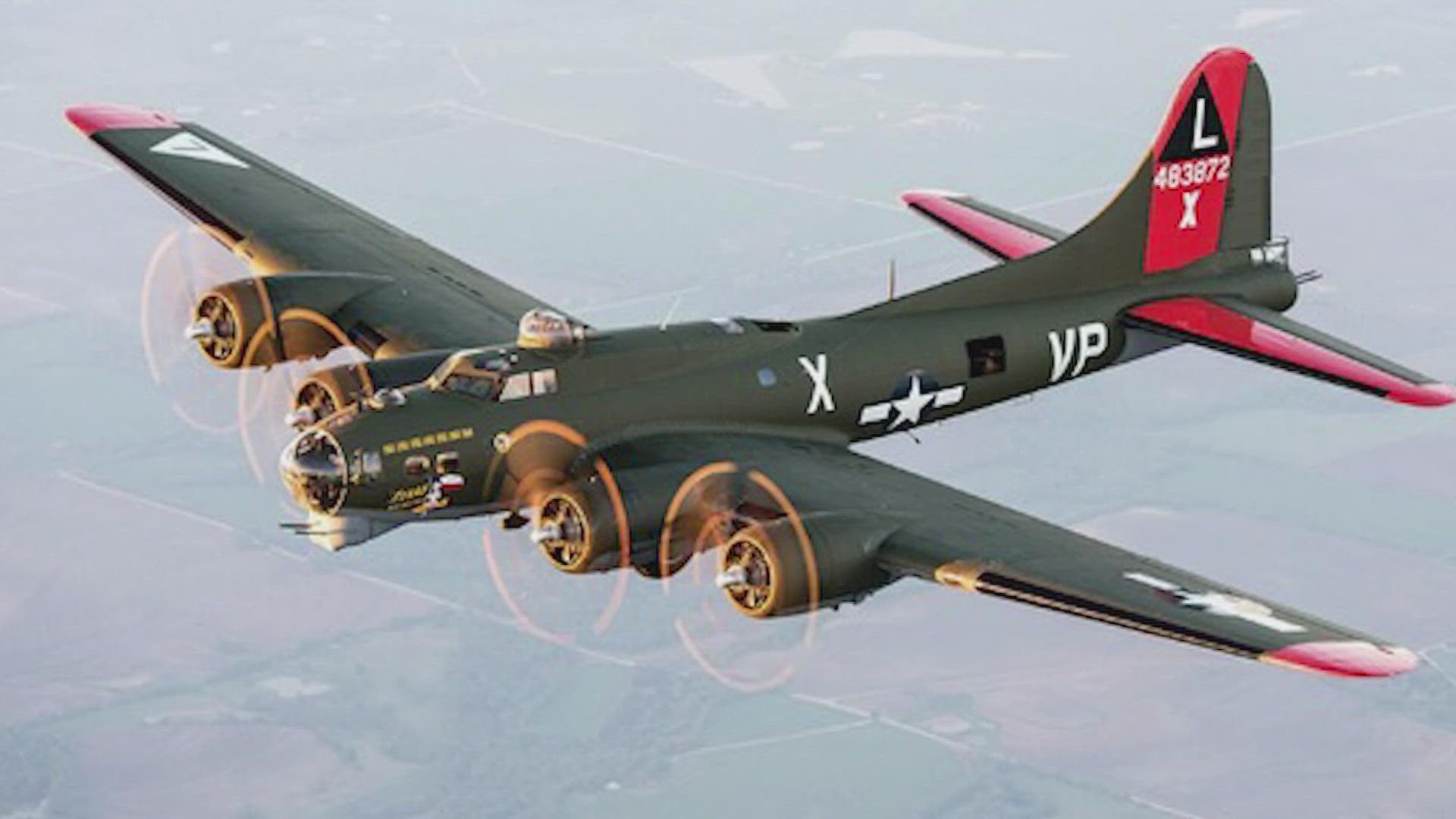DALLAS — Two things drew Dr. Rick Hecker to the Gulf Coast wing of the Commemorative Air Force: Family and a chance to fly history.
The Boeing B-17 Flying Fortress was coming out of a lengthy restoration process and was going back into service, Hecker said, and he wanted to be as close to it as possible.
“I started out as a mechanic, worked my way up to flight engineer, and then I worked my way up to what we call second in command or co-pilot,” he said.
He spent less than 10 hours flying that plane because it was based in Houston and he lived in San Antonio.
RELATED: Dallas air show crash update: Investigators discover GPS devices, rain delays wreckage recovery
He spent more time working on its structures and engines.
“There’s an argument that these are museum pieces and they belong in museums behind velvet ropes, and then there’s another argument that they are actually functional machines that are maintained well and they’re still airworthy,” he said. “This aircraft is meticulously maintained and is always safe for flight. We wouldn’t be flying it otherwise.”
His final flight on the B-17 was with Len Root, who died Saturday in the mid-air collision in the Wings Over Dallas air show.
Hecker had also become close friends with Curt Rowe, a fellow mechanic on the B-17, who was also killed.
“I have nothing but admiration for these guys,” Hecker said.
Hecker spoke to WFAA as a friend of both men and as a lifetime member of the Commemorative Air Force. He was not acting as a spokesman for the CAF.
The CAF is a nonprofit based in Dallas that restores and preserves wartime aircraft.
The Boeing B-17 Flying Fortress and the Bell P-63 Kingcobra that went down in Saturday’s crash belonged to the CAF, which also put on the air show.
Hecker is currently is a senior medical examiner with the FAA. In that role, he medically certifies pilots.
He has more than 50 years of flying experience and served 26 years in the medical corps in the U.S. Army.
He said the B-17 still had its original instrumentation, a “period piece that people want to see,” but it had also been updated with very recent avionics and navigational equipment to meet all current standards.
“It was not deficient or behind on any of those,” he said.
Hecker said he did not want to speculate on what might have happened or get ahead of the NTSB investigation, but he believes the investigation will reveal that someone breached a protocol.
“We don’t know who that person was. We don’t know what happened,” he said.
In every photo of Hecker working with the CAF, he’s smiling.
And so are the victims of Saturday’s crash. They each treasured a chance to touch and fly history.
“My father was a highly decorated World War II bomber pilot who flew B-17s and B-24s,” Hecker said. “He was actually an original member of the 381st bomb group and the B-17 that crashed in Dallas wore their colors.”

